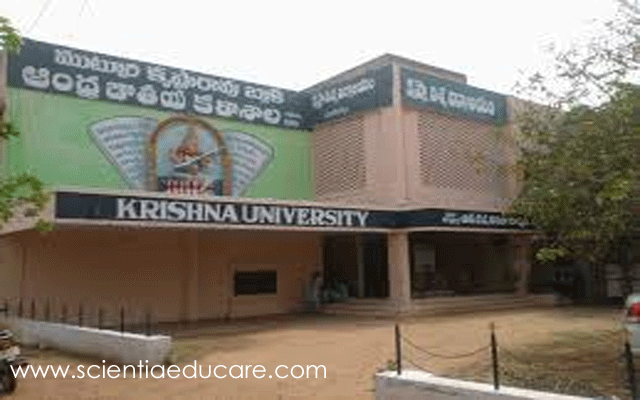CLASS: X :: Life Processes Nutrition
CLASS: X NCERT (CBSE) BIOLOGY Life Processes Nutrition Question (1): Nutrition includes the study of _____________. 1. the organism's food 2. process of digestion 3. the way an organism obtains food 4. all of the above Ans: 4 Question (2): Autotrophic organisms include ____________. 1. green plants and sulphur bacteria 2. green plants and all the bacteria 3. bacteria and virus 4. bacteria and fungi Ans: 1 Question (3): Organisms that synthesise their own...
CLASS: X :: Life Processes Excretion
CLASS: X NCERT (CBSE) BIOLOGY Life Processes Excretion Question (1): Loop of Henle is concerned with: 1. excretory system 2. reproductive system 3. nervous system 4. muscular system Ans: 1 Question (2): Urea is transported by 1. plasma 2. blood 3. RBC 4. WBC Ans: 1 Question (3): The kidneys resemble the contractile vacuoles of amoeba in 1. expelling out excess of water 2. expelling out glucose 3. expelling out urea and uric acid 4. expelling out salts Ans:...
CLASS: X :: Periodic Classification of Elements
CLASS: X NCERT (CBSE) Chemistry Periodic Classification of Elements Question 1: The properties of an element in the periodic table depends on its, ________. 1. atomic size 2. atomic mass 3. electronic configuration 4. number of protons Answer: 3 Question 2: An element has configuration 2, 8, 1. It belongs to, _________. 1. 1 group and 3rd period 2. 3 group and 1st period 3. 1 group and 8th period 4. 17...
CLASS: X :: Carbon and its Compounds
CLASS: X NCERT (CBSE) Chemistry Carbon and its Compounds Question (1): Which of the following statements is not applicable to cabon compounds? 1. They have low melting and boiling points. 2. They are ionic in nature. 3. They form homologous series. 4. They are generally soluble in organic solvents. Ans: 2 Question (2): Which of the following properties is not true regarding...
CLASS: X :: Metals and Non-metals
CLASS: X NCERT (CBSE) SCIENCE: Chemistry Metals and Non-metals Question 1: Of these, the most ductile metal is ___________. 1. Al 2. Au 3. Cu 4. Ag Answer: 2 Question 2: Of these, the least dense metal is ___________. 1. Hg 2. Au 3. Cu 4. Na Answer: 4 Question 3: Of these, the most reactive metal is ___________. 1. Fe 2. Zn 3. Al 4. K Answer: 4 Question 4: Which of the following is displaced by 'Cu'? 1. Fe2+ 2....
CLASS: X :: Acids, Bases and Salts
CLASS: X NCERT (CBSE) SCIENCE Acids, Bases and Salts Question (1): The characteristic properties of an acid is due to the presence of ___________. 1. hydride ions 2. hydroxyl ions 3. hydronium ions 4. oxide ions Ans: 3 Question (2): A strong acid in solution is ___________. 1. mostly molecules 2. mostly ions 3. both molecules and ions 4. mostly water Ans: 2 Question (3): A weak acid in solution is ___________. 1. mostly molecules 2. mostly...
CLASS: X :: Chemical Reactions and Equations
CLASS: X NCERT (CBSE) SCIENCE Chemical Reactions and Equations Multiple Choice Questions Question 1: Which among the following is not a physical change? 1. Melting of solids to liquids 2. Vaporisation of liquids to gases 3. Liquefaction of gases to liquids 4. Decay of matter Answer: 4 Question 2: Which among the following is not a chemical change? 1. Melting of ice 2. Carbon cycle 3. Dehydration of substances 4. Fermentation of substances Answer:...
CLASS: VIII :: Reaching the age of Adolescence
CLASS: VIII NCERT (CBSE) Biology Reaching the age of Adolescence SUMMARY Changes During Puberty After the age of ten years, an individual becomes anadolescent, and experiences a lot of physical changes in the body.Adolescent is a general term for teenagers of both sexes.Adolescence is the period of life between the onset of puberty and reaching adulthood, that is, the period...
CLASS: VIII :: Reproduction in Animals
CLASS: VIII NCERT (CBSE) Biology Reproduction in Animals SUMMARY Sexual Reproduction in Animals Amoeba and bacteria adopt the asexual mode of reproduction.Reproductive organs in humans producegametes - eggs and sperms.A zygote is formed by the fusion of an egg and a sperm.The male reproductive organs include a pair of testes, two sperm ducts, and apenis.Sperms have a head, a middle piece and atail. Sperms contain...
CLASS: VIII :: Cell-Structure and Functions
CLASS: VIII NCERT (CBSE) Biology Cell-Structure and Functions SUMMARY Introduction to Cells With the help of a microscope, an English scientist,Robert Hooke, first discovered the existence of cells in 1665.Scanning electron microscopes are used to examine the external parts of various organisms.Thetransmission electron microscope is used to view the internal structure of a cell and its organelles. Organisms that are made up of a single...














